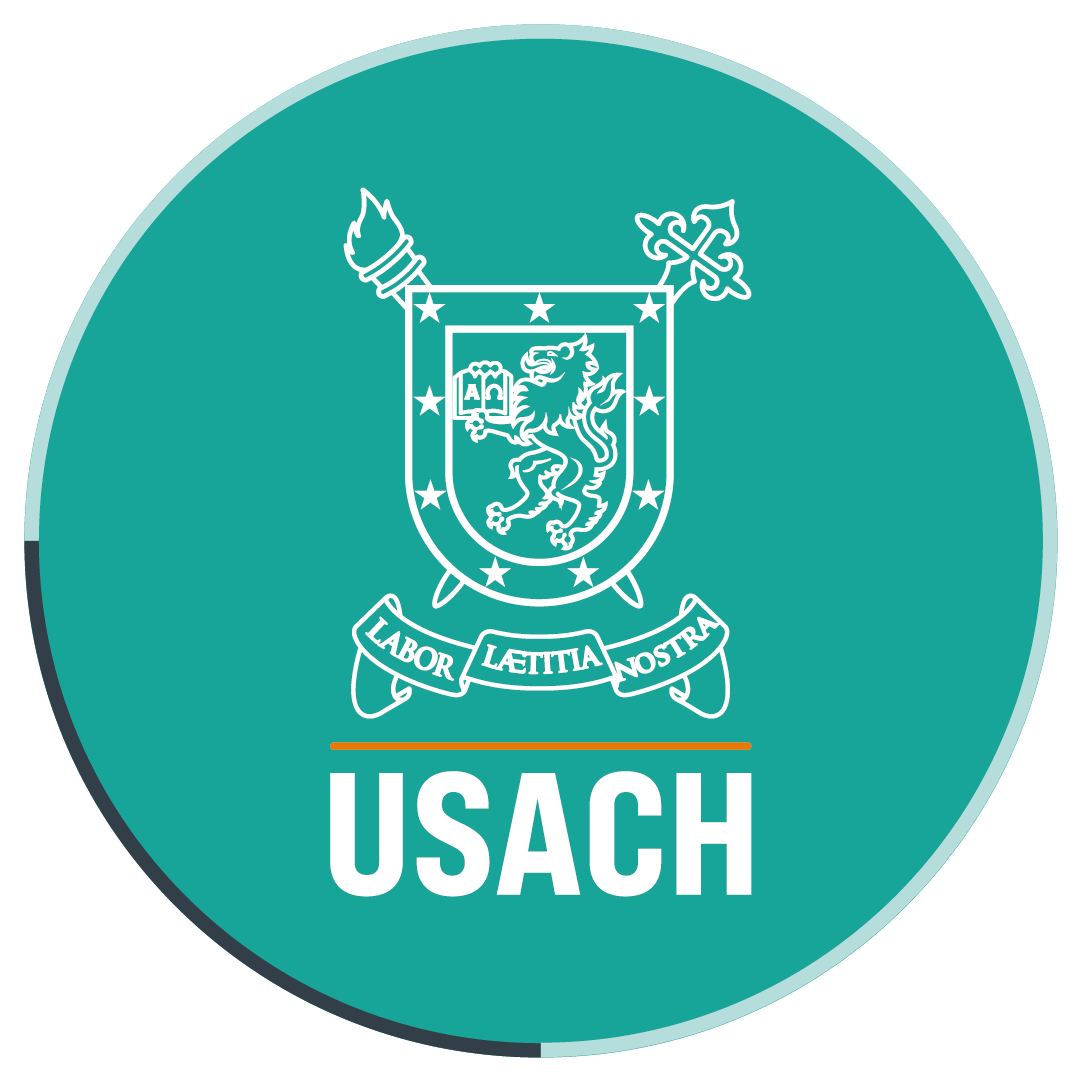The new therapy involves the development of a vaccine that provides the immune system with the tools needed to “attack” cancer cells, improving the antitumour response of the body. The therapy was announced to foreign media correspondents accredited in Chile.
- The study is funded through a Fondecyt Project and it is at preclinical stage. It considers a significant decrease of more than 70% in the overall cost of therapies for this disease.
- The leader of the project, Claudio Acuña, Dr in Biomedical Sciences, researcher, and Head of the Department of Biology of our University, gave us some details on this new technology, which is applying for a patent in USA with the support of Corfo.
- Dr Acuña said: “We are generating a quite effective therapy for cancer through which we could make immunotherapy more available to people. We are doing this in a university which is known for its social responsibility signature. In this context, I would like to highlight the talent of my students involved in this project.”
In order to optimize cancer therapy and contribute to public health in our country, an innovative and significant treatment developed at Universidad de Santiago has recently been presented.
This project involves the development of a vaccine that will allow destroying cancer cells in the body by enhancing its immune response.
This scientific development- funded by the National Fund for Scientific and Technological Development, Fondecyt- considers a significant decrease of more than 70% in the overall costs of cancer therapies and it has shown an efficacy of 50%.
Dr Claudio Acuña, Head of the Department of Biology of Universidad de Santiago, is leading the project. “We want to have a vaccine available to protect us from the disease, just like in the vaccination process for measles and other diseases when we are children. In the case of cancer, our idea is to get people vaccinated so that they are able to eliminate cancer cell in their bodies, he said.”
Quality of life
According to the researcher, the project “Seeks to improve the quality of life of patients in the long term and generate a supplementary therapy to conventional treatments to resist cancer in a non-conventional way, which is currently treated with chemotherapy.”
“We have completed the preclinical stage (trials in living animals) which showed that the vaccine does protect from the disease. The next step is the clinical phase, in which it will be tested in human subjects. There was not any negative effect on animals, so we could extrapolate that there will be not any effect on patients,” he added.
“The ultimate goal is to generate a vaccine for people with cancer that will allow enhancing their immune response to tumours,” he said.
“We are generating a quite effective therapy for cancer in which we could make immunotherapy more available to people. We are doing this in a university which is known for its social responsibility signature. In this context, I would like to highlight the talent of my students involved in this project,” the scientist said.
“We were able to make it because the University enables, favours and promotes these innovation processes, besides providing the confidence to conduct high-level research,” he added.
Dicyt project
Dr Acuña’s meeting with foreign media correspondents was in the context of the activities of a Dicyt Public Opinion Project of Universidad de Santiago, led by Gabriela Martínez Cuevas, professor at the Department of Journalism.
Professor Martínez highlighted the interest of Fundación Imagen de Chile in contributing to promote the significance of this study among a group of accredited correspondents in Chile.
“Due to the strategic partnership that we developed with Fundación Imagen de Chile last year in a similar project, we have been able to arrange the first of a series of conferences with foreign accredited correspondents, during 2015,” professor Martínez said.
“This body has the purpose of managing the “nation branding”, so we have joined efforts to strengthen our “U de Santiago brand” around the world through our scientists,” she added.
Gabriela Martínez, who is also Director of the Communications Department and the institutional radio station said: “Today, the interest of the international press for learning about this study led by Dr Claudio Acuña was evident, and he insisted on the importance of the contribution made by the young researchers that he is training.”
She said: “There were correspondents of all the agencies in Europe, China and Latin America. We expect to see how they inform the world about this new contribution made by our state and public University, which is committed to the country progress and gives solutions to urgent demands beyond our borders. This was specifically demonstrated with this cancer vaccine.”
The project- which is at its preclinical stage- is based on effects of Polymixin B. It has already shown its first results in lymphoma, melanoma and breast, with an effectiveness of almost 50%. Besides, it is worth to mention that this technology could decrease the cost of current traditional cancer therapies by up to 70%.
With the support of the Chilean Economic Development Agency (Corfo, in Spanish), this technology is in the patenting process both in Chile and USA, to then continue to the clinical stage and to exporting the treatment.
Fundación Imagen de Chile
According to its web page, Fundación Imagen de Chile is an autonomous institution funded by public resources, created in 2009, with the purpose of coordinating and organizing the efforts to promote the image of Chile abroad.
Its responsibility is to mange the “nation branding”, by coordinating the work of the main sectors that contribute to build this image, such as culture, sports, exportations, investments, tourism and international relations, among others. For this purpose, the foundation develops strategic partnerships with public and private agents to coordinate the image of the country and actively position the distinctive features of our identity.
Translated by Marcela Contreras

